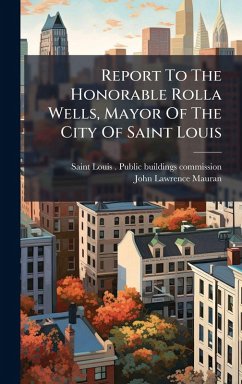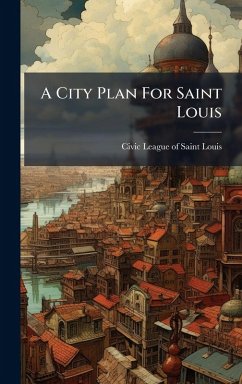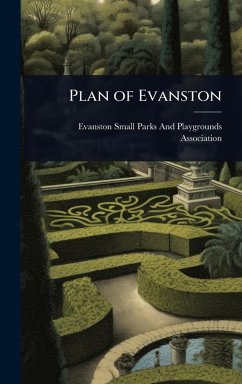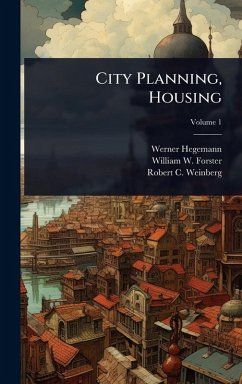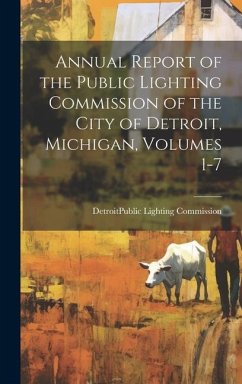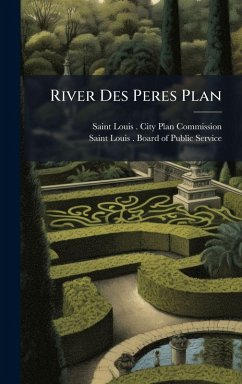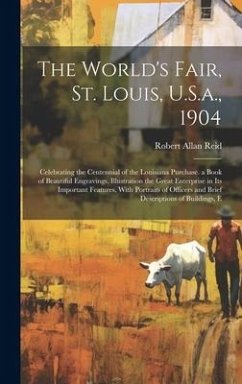
Notes for a Study in City Planning in Champaign-Urbana
Versandkostenfrei!
Versandfertig in über 4 Wochen
27,99 €
inkl. MwSt.
Weitere Ausgaben:

PAYBACK Punkte
14 °P sammeln!
"Notes for a Study in City Planning in Champaign-Urbana," authored by the University of Illinois (Urbana-Champaign campus) Dept. of Horticulture and Charles Mulford Robinson, offers a fascinating glimpse into early 20th-century urban planning. Originally published around 1914, this work provides valuable insights into the considerations and proposals for developing the twin cities of Champaign and Urbana. It serves as a primary source for understanding the historical context of urban development in the American Midwest and the evolution of city planning as a discipline. Researchers and student...
"Notes for a Study in City Planning in Champaign-Urbana," authored by the University of Illinois (Urbana-Champaign campus) Dept. of Horticulture and Charles Mulford Robinson, offers a fascinating glimpse into early 20th-century urban planning. Originally published around 1914, this work provides valuable insights into the considerations and proposals for developing the twin cities of Champaign and Urbana. It serves as a primary source for understanding the historical context of urban development in the American Midwest and the evolution of city planning as a discipline. Researchers and students interested in urban history, architecture, and the development of American cities will find this study an invaluable resource. It showcases the perspectives and methodologies employed at the time, offering a unique look at the challenges and opportunities faced by planners in shaping the urban landscape. The book captures a pivotal moment in the history of Champaign-Urbana, making it an essential addition to collections focused on local and regional history. This work has been selected by scholars as being culturally important, and is part of the knowledge base of civilization as we know it. This work was reproduced from the original artifact, and remains as true to the original work as possible. Therefore, you will see the original copyright references, library stamps (as most of these works have been housed in our most important libraries around the world), and other notations in the work. This work is in the public domain in the United States of America, and possibly other nations. Within the United States, you may freely copy and distribute this work, as no entity (individual or corporate) has a copyright on the body of the work. As a reproduction of a historical artifact, this work may contain missing or blurred pages, poor pictures, errant marks, etc. Scholars believe, and we concur, that this work is important enough to be preserved, reproduced, and made generally available to the public. We appreciate your support of the preservation process, and thank you for being an important part of keeping this knowledge alive and relevant.






